Accepting Rejection
What comes after the final draft?
Years ago, I had the pleasure of hanging out with science fiction author Joan D. Vinge as she regaled us with an account of printing out the final draft for what would be her first published novel, The Snow Queen. It was late at night, in the dead of winter, and her dot matrix printer was going “Thonk er er er er er thonk” for each line. She watched page after page unfurl, amassing into a stack. This was her novel. Thirty years later, I could hear the giddy awe in her voice as she recounted the night.
I got a taste of something similar when I hit print on my novella and the laser printer spit out thirty crisp pages (double sided). Not a stack, but at least it was large enough that I couldn’t use a standard stapler.
In that moment, I knew my story was perfect. Or rather, that I had given it my all. Over the last six months, I had taken a burst of inspiration (seeing our old house up for sale on Zillow) and turned it into a haunted house story with a poltergeist. Those first words weren’t great, but through feedback and edits and rewrite after rewrite, the drafts transformed into tale even better than I imagined. It is, indisputably, the best thing I have ever written. It felt so good to hold it in my hands.
And my reward, my acknowledgement for this accomplishment...
I submitted the first 1500 words to a contest; I didn’t make the finalist cut. I sent the full version to a small press publisher; I never got a response, but looking at the website they appear to have picked their authors for this year. I knew it was a long shot, still I believed my story was what they were looking for, that it had a chance.
What makes me a good writer is my ability to spin convincing narratives, especially to myself. While writing, I imagined an editor falling in love at first read with my novella and immediately sending me an email praising my potential as a writer. But that doesn’t appear to be happening. Now there’s a darker narrative, where my story languishes, unappreciated and forgotten, save for my friends and family who tell me I’m so creative and assure me they’d love to read what I’ve written. That’s not a productive narrative, so instead I’m going with this one:
Several months after sending it out, my story makes it to the top of the magazine’s queue. It will be read by an editor who’s already made it through three submissions that morning, two decent ones she read all the way through, one so obviously bad she stopped after page one. Now she has my novella up on her monitor, she’s a bit more than a quarter of the way through, with half an hour until her lunch break — she’s brought some really good leftovers from her favorite Indian restaurant. Her publication’s web site says they’re looking for “status quo disrupting art” or “substance with voice” or “work that lingers” but what she’s really thinking as she reads my piece is “will my readers/boss think this is a good story?”
In answering this question, she’s considering what they’ve published recently, how similar or different my story is from a recent one that everyone agreed on was spectacular. She’s thinking of my writing credentials – who else has thought enough of my work to publish (which, for my fiction, is no one). She reads on, her analytical brain finding evidence to support the assumptions she’s already made – that it’s on the long side, the POV is confusing, it needs more scenes with the ghost. She smiles at the ending, but decides it won’t work with her publication. Maybe she takes the time to craft a personal response, maybe her stomach is growling, and she just sends off the standard form but genuinely believes the bit about encouraging me to submit again. Either way, a rejection shows up in my inbox.
And here comes the hardest, but the most important, part of this tale I'm telling myself.
I can’t allow myself to see the rejection email as a failure, as a dead end. It’s a (necessary) step in the process of getting published, much like I had to write that disappointing first draft in order to have something to polish. A personalized rejection is a badge to wave next time I submit to them. And even the standard rejections toughen me up, making the next rejection’s gut punch a little more bearable.
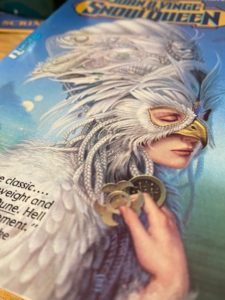
I train myself to view it as a numbers game, the more stories I send out, the greater the chance that one will be on the right editor’s desk at the right time to be accepted. That increases my next story’s publishing probability (say that 3 times fast). Should I succeed in getting several stories published, then maybe an editor putting together a spooky anthology will come to me, asking if I might write them a ghost story.
Not the future I’d hoped for when, with giddy awe, I printed out that first draft. Or maybe I keep hold of that feeling each time I send out my story, and fall back on the other when I get the rejection. Remind myself that Joan’s novel, The Snow Queen, went on to win a Hugo (a big deal in the Science Fiction and Fantasy community) and in later printings even got a beautiful Michael Whelan cover. And after that bit of navel gazing, get on to writing my next story.
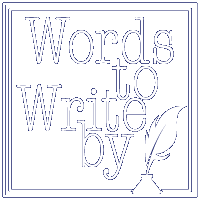
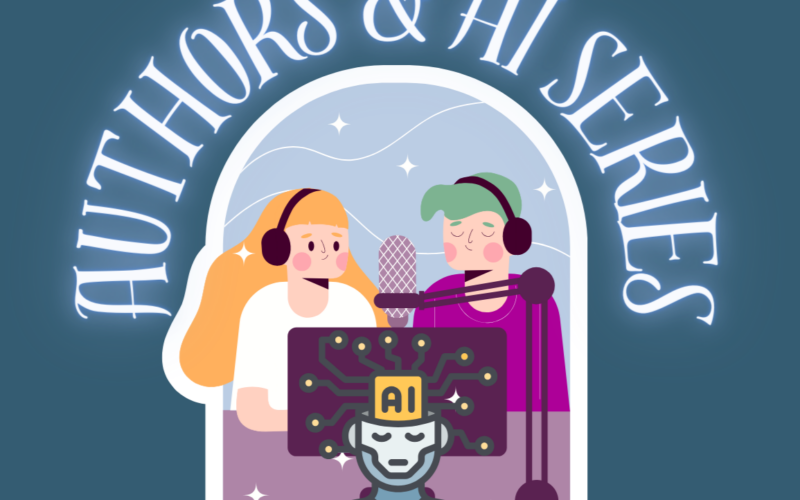
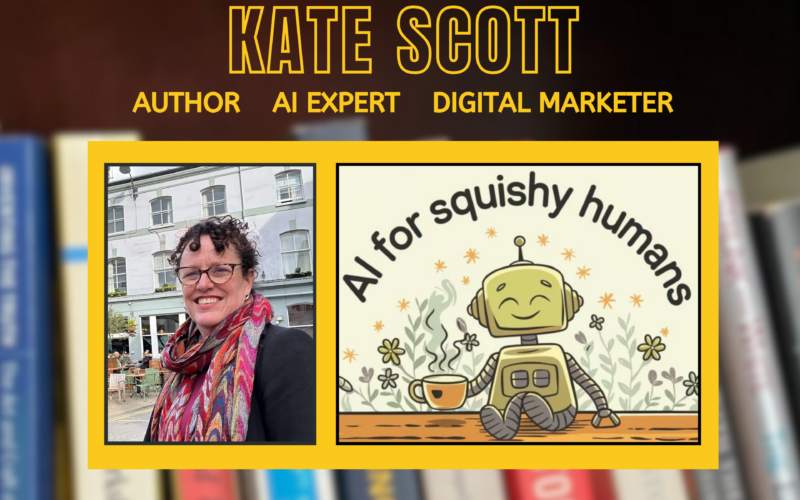
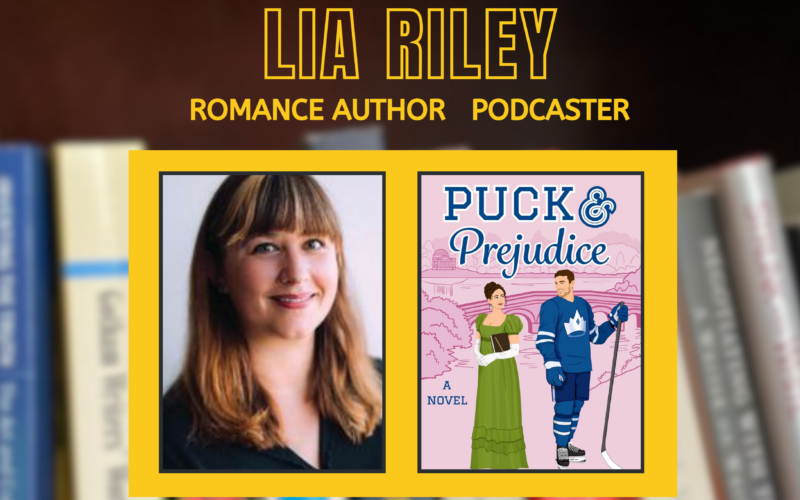
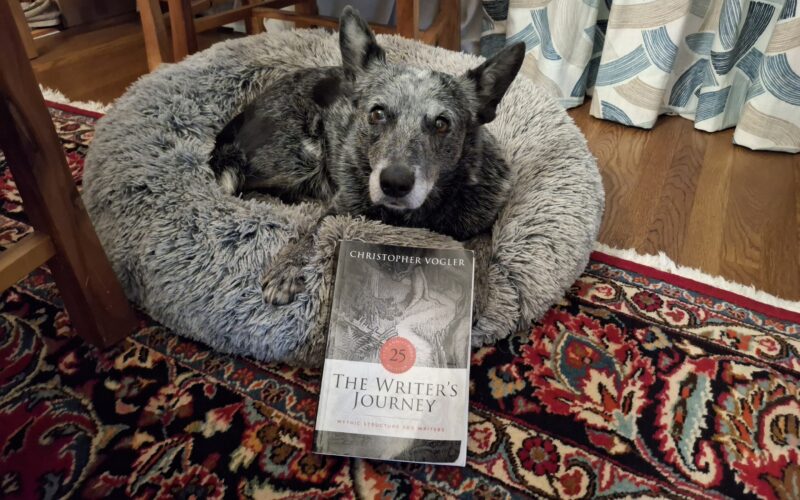
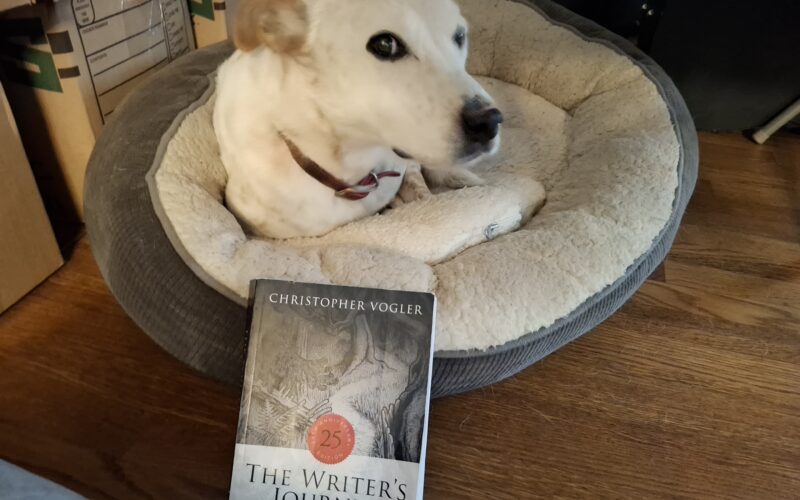
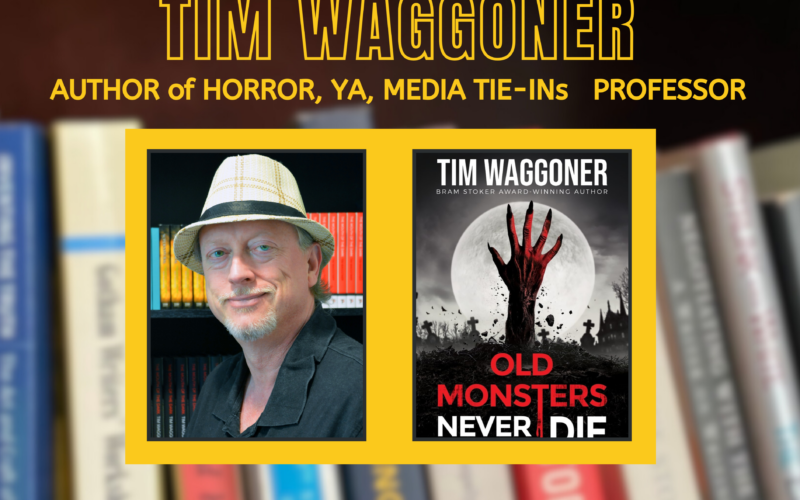
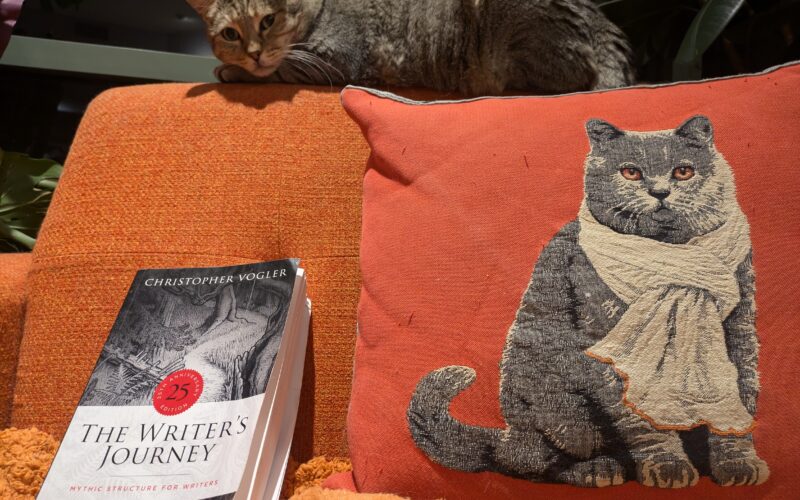
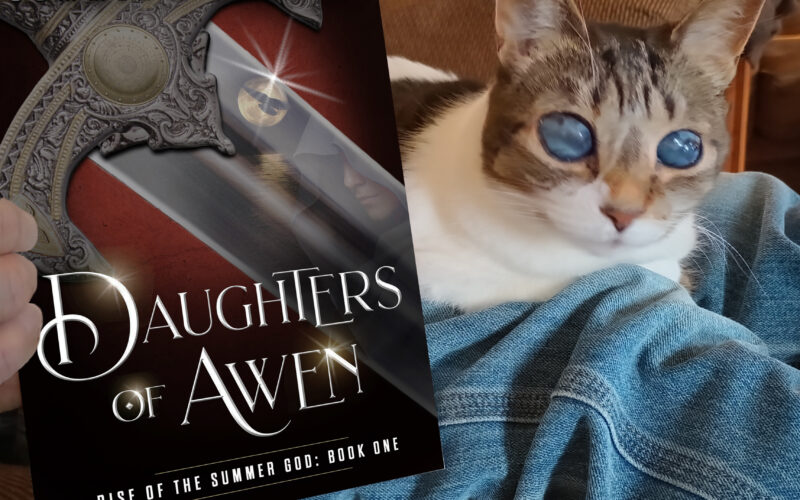

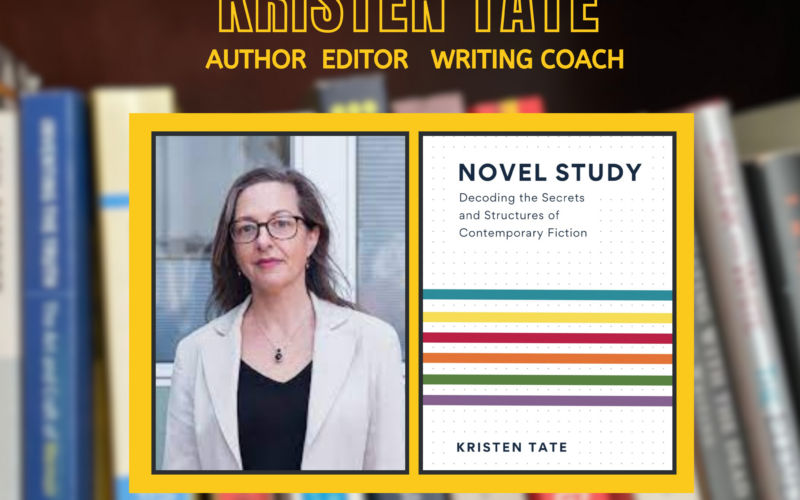
Not Your Usual Words to Write By: The AI Podcasting Challenge
Authors & AI SeriesEpisode 7: Not Your Usual Words to Write By: The AI Podcasting Challenge! Is nothing sacred? After exploring how AI might steal our writing jobs, we’re...